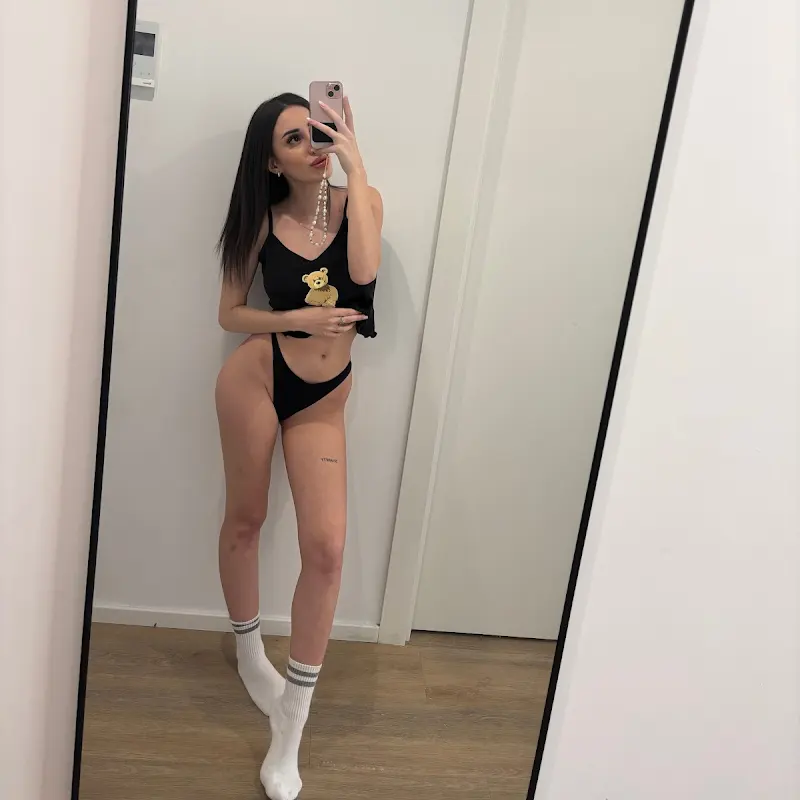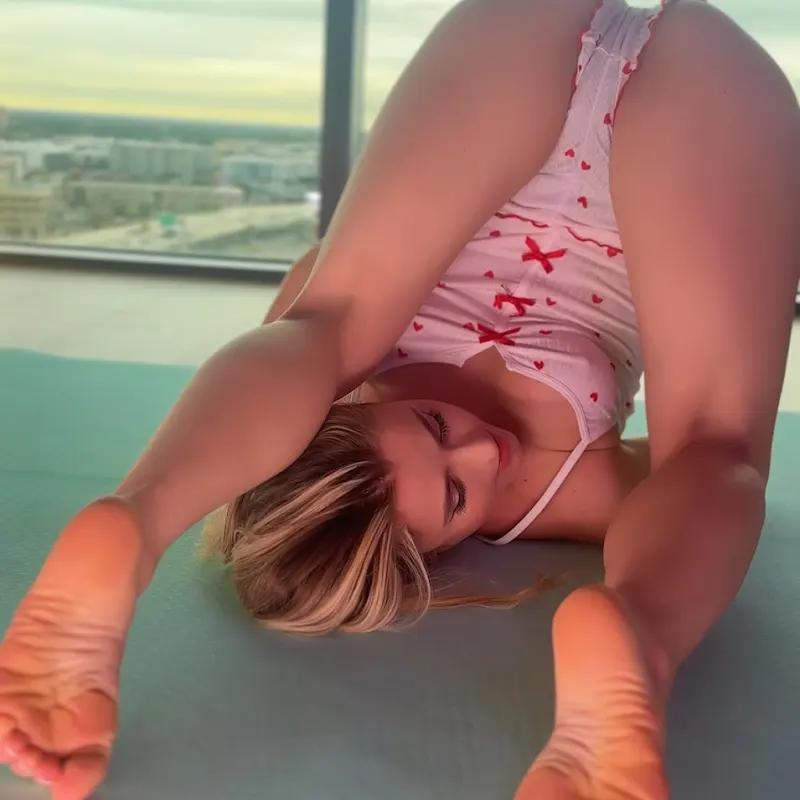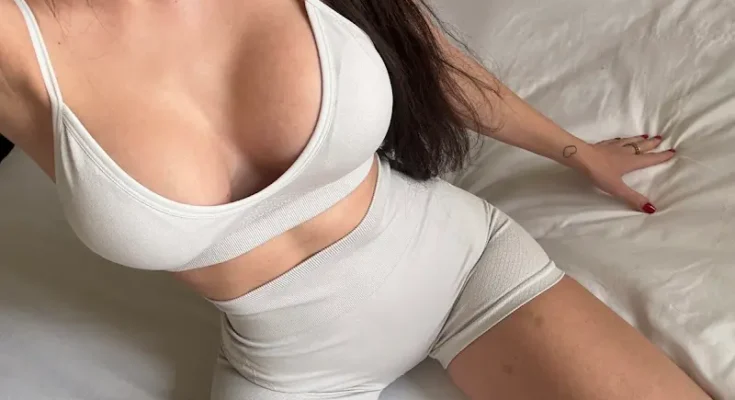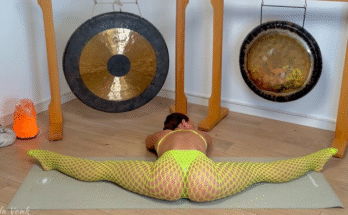
When it comes to stretching and improving flexibility, especially in the hips, groin, and inner thighs, few poses are as effective and intense as the Frog Pose. Known in yoga as Mandukasana, this pose is a deep hip opener that targets multiple areas of the lower body and can have a profound impact on mobility, posture, and muscle recovery. If your legs feel tight, sore, or stiff after workouts or long hours of sitting, frog pose might just be the stretch you need.
Let’s dive deep into what frog pose is, how to do it safely, the muscles it works, and the benefits it offers for your legs and overall well-being.
What is Frog Pose?
Frog Pose is a floor-based yoga stretch that involves spreading your knees wide while keeping your feet in line with them, and gently lowering your hips toward the floor. The pose mimics the way a frog’s legs splay out to the sides, hence the name.
This posture is primarily a deep groin and hip opener, but it also stretches the inner thighs (adductors), hamstrings, and lower back. It’s commonly used in yoga, physical therapy, and flexibility training routines, especially for athletes or those recovering from lower-body strain.

How to Perform Frog Pose (Step-by-Step Guide)
- Start in Tabletop Position
Begin on your hands and knees on a comfortable surface like a yoga mat. Your wrists should be under your shoulders, and knees under your hips. - Widen the Knees
Slowly begin sliding your knees apart to the sides as far as they can go without pain. The inner edges of your feet should stay in contact with the ground, and your feet should point outwards, creating a 90-degree angle at the knees. - Lower the Hips
As your knees move apart, lower your hips down and back toward the floor. Keep your chest and arms supported by your forearms or a bolster for comfort and balance. - Hold the Pose
Breathe deeply and hold the pose for 30 seconds to 2 minutes. Beginners may start with shorter durations and gradually increase over time. - Release Gently
To come out of the pose, slowly bring your knees together and return to a child’s pose or tabletop to relax the hips.
Muscles Targeted in Frog Pose
Frog pose is an excellent way to stretch and activate multiple muscle groups, including:
- Adductors (inner thigh muscles)
- Hamstrings (back of the thigh)
- Hip flexors and glutes
- Lower back and pelvic floor muscles
This stretch encourages relaxation and softening of deep tissue and fascia, which are often neglected in traditional workouts.

Benefits of Frog Pose for the Legs
1. Deep Groin and Hip Flexibility
The wide-legged nature of frog pose makes it perfect for loosening up tight groin muscles and improving overall hip flexibility, especially for runners, cyclists, and desk-bound individuals.
2. Releases Inner Thigh Tension
Many people carry tightness in the inner thighs without realizing it. This can lead to imbalance, awkward movement patterns, or knee pain. Frog pose stretches the adductors, releasing built-up tension.
3. Improves Circulation
As the hips open and muscles relax, blood flow increases to the legs and pelvis. This helps nourish tissues, reduce stiffness, and accelerate recovery.
4. Eases Lower Back Discomfort
When your hips are tight, your lower back often compensates, leading to discomfort or pain. Frog pose helps reduce stress on the lumbar spine by improving hip mobility.
5. Enhances Athletic Performance
Flexible hips and thighs allow for a greater range of motion during squats, lunges, running, and even dancing. Athletes often use frog pose as a post-workout stretch to maintain flexibility.
Tips for Beginners and Modifications
- Use Props for Support: If the stretch feels too intense, place a yoga block, pillow, or folded blanket under your chest, hips, or knees.
- Stay Mindful of Pain: You should feel a stretch, not a sharp or pinching pain. If you feel discomfort in the knees or groin, reduce the stretch and readjust.
- Keep the Ankles Aligned: Make sure your ankles are in line with your knees to protect the joints and evenly distribute the stretch.
- Try on a Soft Surface: Use a thick yoga mat, folded towel, or practice on a carpet to avoid putting pressure on sensitive knees.

When to Use Frog Pose in Your Routine
- Post-Workout Cool Down: After leg-intensive exercises such as squats, cycling, or running.
- Morning Mobility Routine: Helps wake up the hips and release overnight stiffness.
- Evening Wind-Down: As part of a relaxing yoga or stretching session before bed.
- During Meditation or Breathwork: The pose invites stillness and deep breathing, ideal for mindfulness.
Who Should Avoid or Modify Frog Pose?
Frog pose is powerful, but it may not be suitable for everyone, especially without proper preparation. Avoid or modify if:
- You have knee injuries or meniscus issues
- You are recovering from hip surgery
- You feel numbness or nerve pain
- You’re pregnant (check with your doctor first)
Always listen to your body. If it feels too intense, try gentler hip openers like Butterfly Pose (Baddha Konasana) or Happy Baby (Ananda Balasana) before progressing to Frog Pose.

Progression and Alternatives
If you find the frog pose difficult at first, you can build up gradually:
- Half Frog Pose: Keep one knee forward and the other leg extended back like in a low lunge, and gently open one hip at a time.
- Wall Frog: Do the pose with your knees and feet on a wall and slide down slowly.
- Butterfly Stretch: Sit upright with soles of feet together and gently press the knees down for a lighter inner thigh stretch.
Over time, as your body becomes more accustomed to the posture, you’ll be able to go deeper and hold it longer, unlocking more mobility.
Final Thoughts
Frog pose is a gem for anyone looking to improve leg flexibility, reduce tension in the hips and groin, and boost lower-body function. It’s intense but incredibly rewarding. As with all stretches, consistency is key. Incorporate frog pose into your routine a few times a week, and you’ll soon notice your legs feeling looser, lighter, and more powerful.
So next time your legs feel tight or overworked, roll out your mat, breathe deeply, and hop into frog pose — your legs will thank you!



